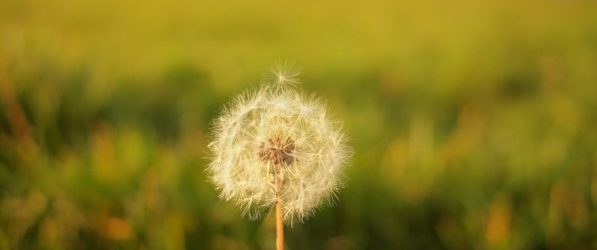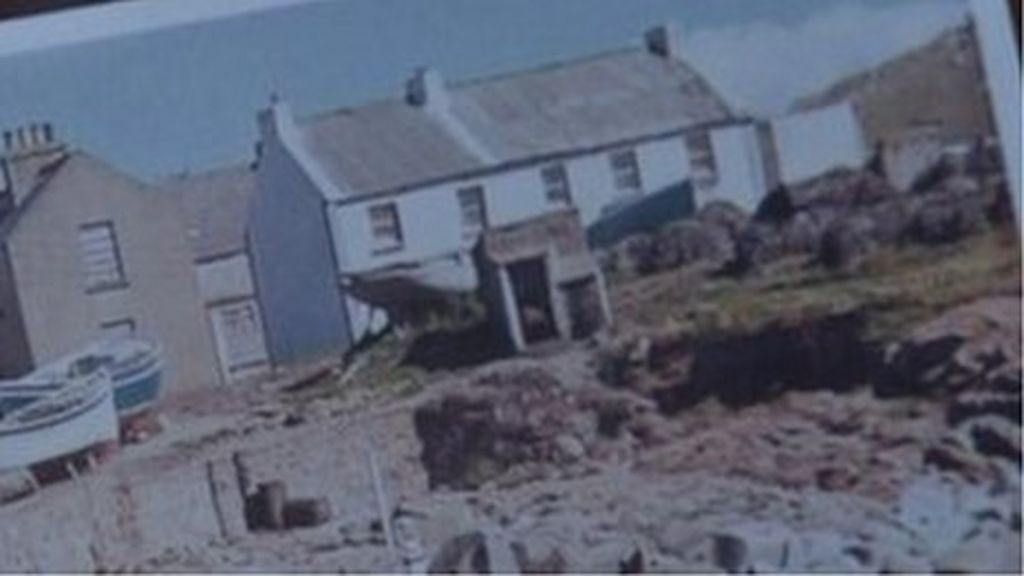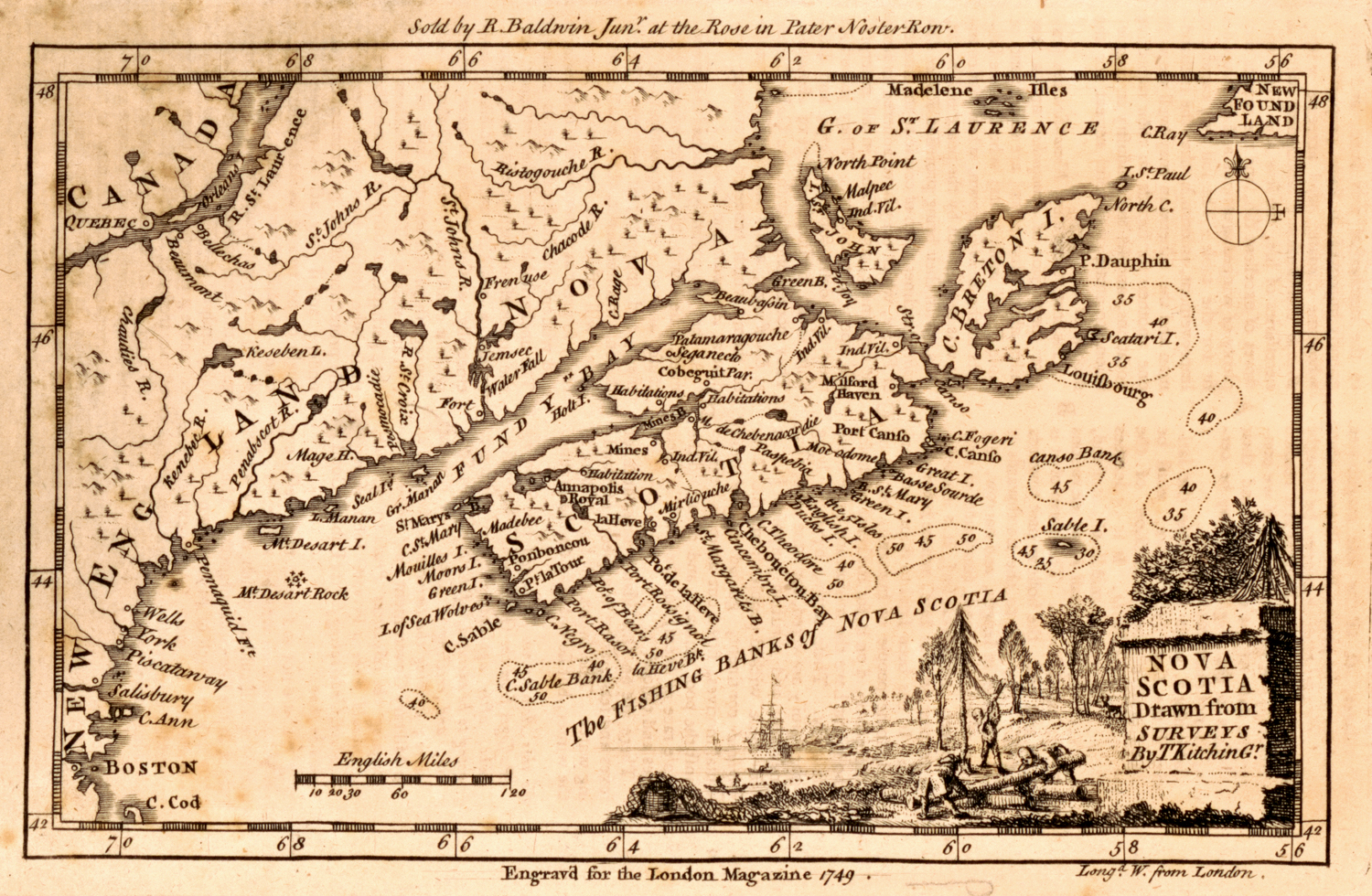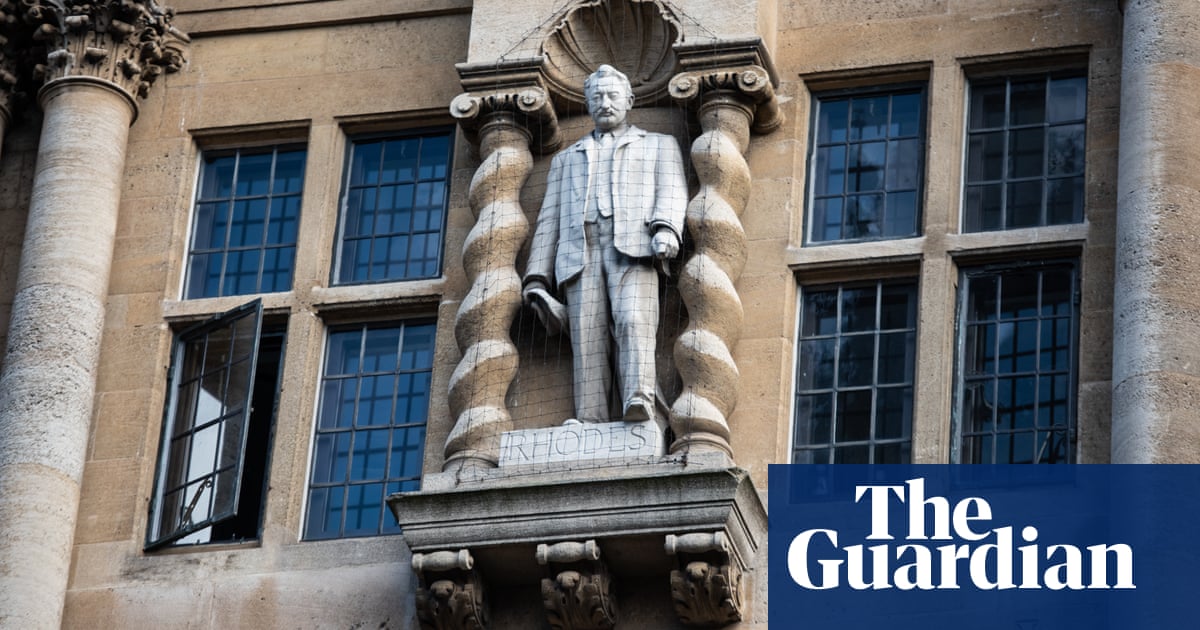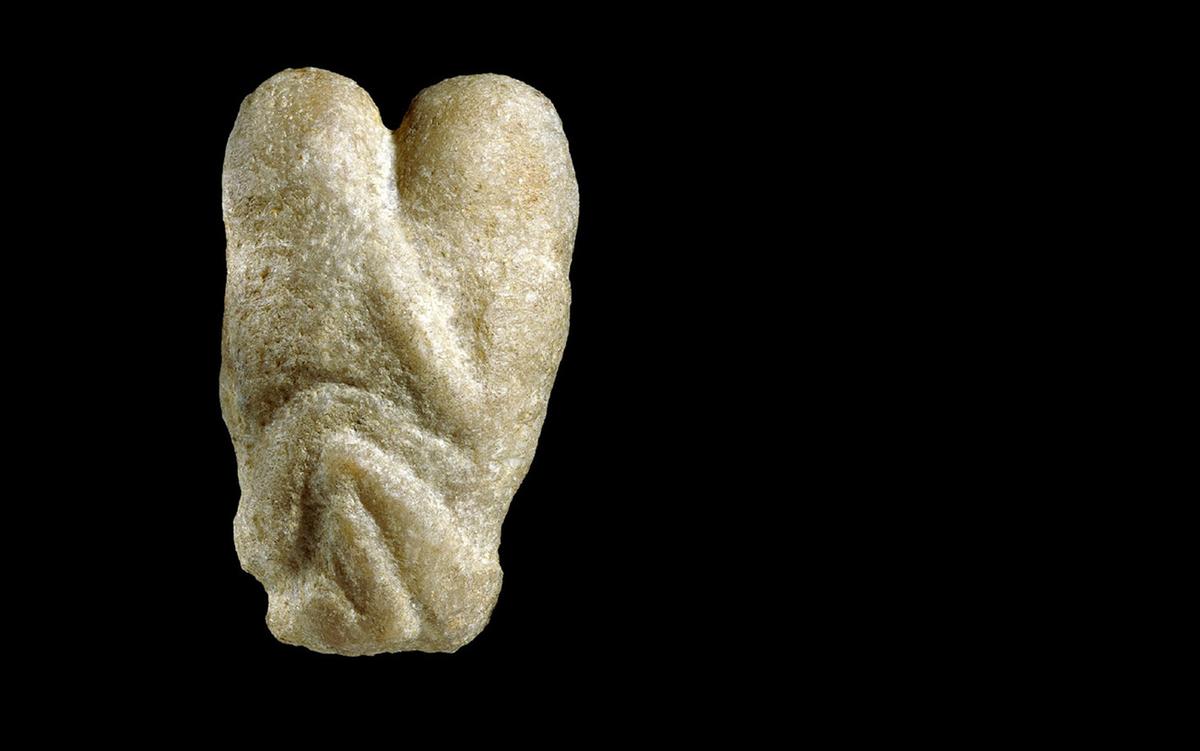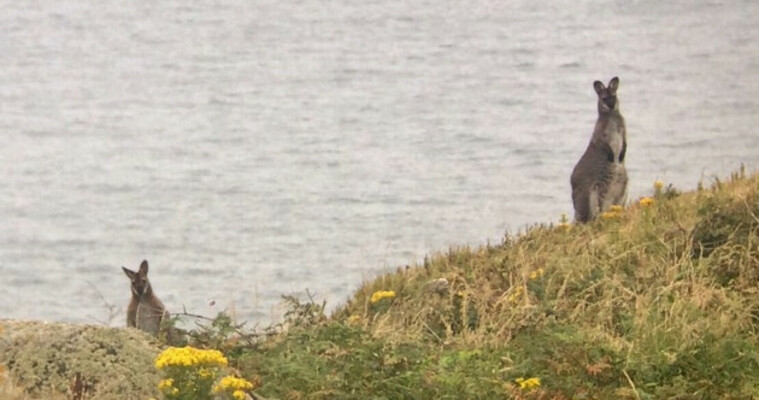
How a colony of wallabies made an island off Dublin their home
Not a sight you'd usually expect see in Ireland... Source: Niall Keogh MANY NEW SPECIES of animals have been introduced to Ireland over the centuries. After finding our mild climate fairly agreeable, they’ve settled in nicely. Species common today were new at one stage – these range from rabbits, who came to our shores with the Normans in the 12th century, to the more modern and invasive introduction of grey squirrels in 1911. One more recent, exotic, and elusive addition is thriving – the red-necked wallaby. A wallaby on Lamby last Spring. Source: Greg Marsh, Founder Member of the Lambay Island Club A small population lives on Lambay Island, an island 4km off the coast of north Co Dublin. It is currently owned by the Baring family of Barings Bank fame. Visitors to the private island (usually through tours like this) often catch glimpses of the kangaroo-like animals. Ireland is not alone in having a population of wallabies – they’re present on Inchconnachan in Scotland, the Isle of Man, and in the Peak District. The marsupials are not usually found on the western edge of Europe (as you have probably noticed) but are native to Australia. Speaking to TheJournal.ie, Millie Baring explained how her father Rupert introduced wallabies to Lambay in the 1950s, and hand-reared the very first joeys. Rupert Baring with a wallaby joey. Source: The Revelstoke Family Archive “This was in keeping with his father – my great-grandfather – Cecil’s love of natural history and island ecologies, which led to him attempting to introduce all sorts of extraordinary species onto the island including giant rheas (similar to ostrich and emus), mouflon sheep (an ancestor of modern breeds), kinkajou (a rainforest animal similar in appearance to a ferret), peacocks and many more,” she said. None were very successful, but when it came to Rupert’s turn, the wallabies thrived. It is thought that the climate on Lambay is not dissimilar to that of Tasmania [also a cool temperate oceanic], which also has a thriving population of wallabies. A wallaby enjoys some of this summer's sunshine on Lambay. Source: Mark Broderick | www.markbroderick.ie This population was not free to roam around the island until after some outside influence in the 1980s. The Barings received a further seven wallabies from Dublin Zoo, where the population had grown to the extent where they had surplus marsupials. According to Smithsonian.com, Fota Wildlife Park in Cork took some of these wallabies but Dublin Zoo struggled to re-home the rest. The Barings accepted an offer from the then-director of the zoo, Peter Wilson, and the wallabies were put into boxes and shipped off to the island on a fishing trawler. “We wanted to put them on an island because we knew we were introducing a species that could run wild and take over,” Wilson told the publication, ”If we put them on an island like Lambay, there’s no way they could escape from it.” Millie Baring said her grandfather took them on and “they joined forces with the resident tame mob, breeding well”: Eventually they became wild and headed for the hills. Baring said the wallabies move around the summit of the island depending on the season – “They shelter in the gorse bushes from the sun and relaxing on the north-side cliffs when it’s cooler”. Source: Niall Keogh “They are very shy but also curious so will often stop for a good look at you before scampering away if you get within three metres from them. They tend to come out at dusk and I have often bumped into one or two lurking around the castle gardens as darkness sets in, which always gives all parties concerned a surprise – especially when our island husky Echo is with me on the lead. #Open journalism No news is bad news Support The Journal Your contributions will help us continue to deliver the stories that are important to you Support us now Source: Mark Broderick | www.markbroderick.ie The population is now estimated to number more than a hundred, with the animals causing no obvious problems on the island. The other wildlife on the island is largely limited to cattle, deer, and a large number of seabirds. Niall Keogh, a PhD student from GMIT, has been fascinated with the wallabies since he first visited the island in 2015. On his most recent trip this week he managed to snap this photograph of a joey in its mother’s pouch. Source: Niall Keogh He said it’s not hard to spot them hopping around. The wallabies are considered to have a low impact on the island’s ecology, he added. The main issue could be around grazing, but that the deer would cause more of an issue in this way. Keogh added that the population is kept under control to prevent overpopulation, which also minimises their impact on the island. This possibility is something of some concern to authorities, as wallabies are classed as an invasive species. While their presence on Lambay is a quirk, their introduction on the mainland could have serious consequences. In New Zealand, the animals have become a pest. A population of 15,000 grew out of the release of just three into the wild. Some of the images in this article were taken by Mark Broderick while he was on working on his short film about Lambay. Watch a trailer for it below. Source: Mark Broderick/Vimeo Read: Clare is fighting back against spread of Japanese knotweed >
None were very successful, but when it came to Rupert’s turn, the wallabies thrived. It is thought that the climate on Lambay is not dissimilar to that of Tasmania [also a cool temperate oceanic], which also has a thriving population of wallabies.
